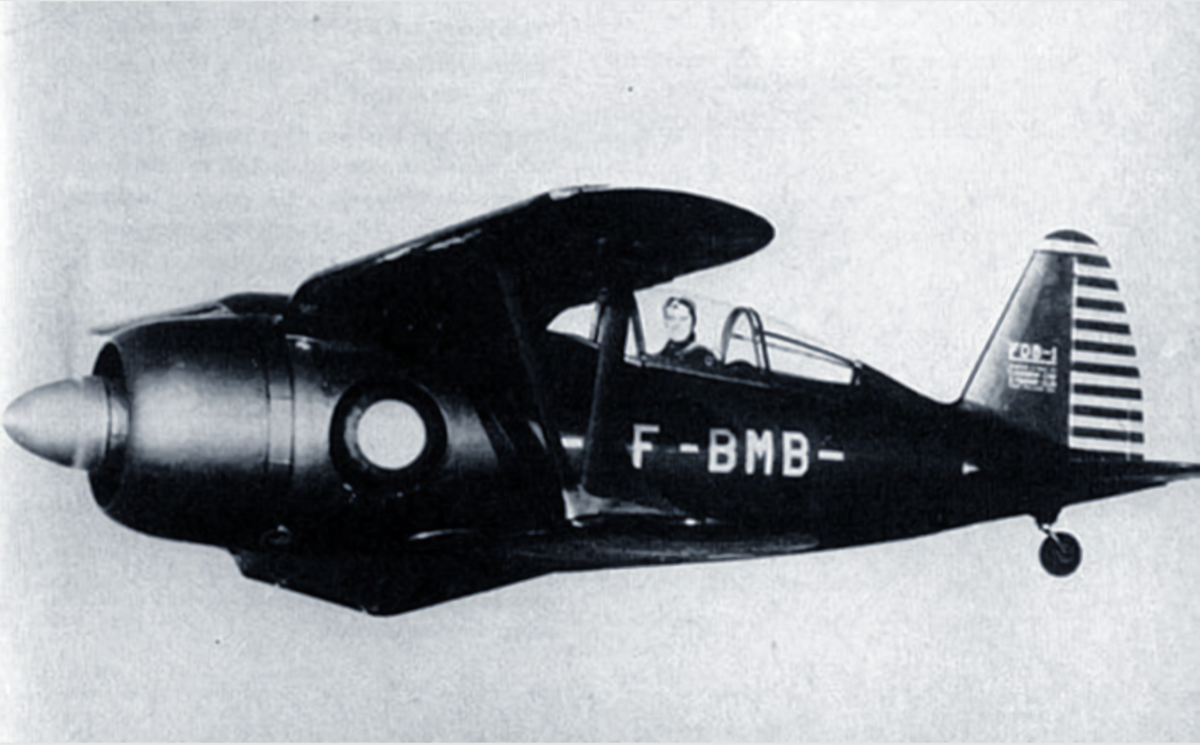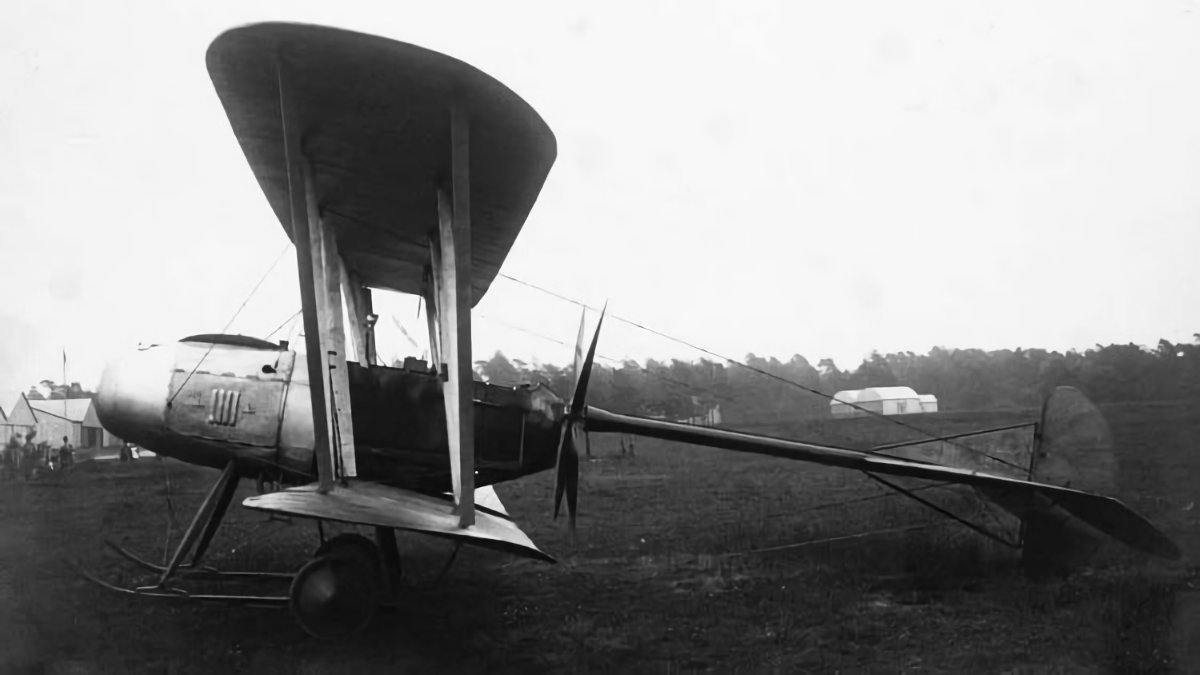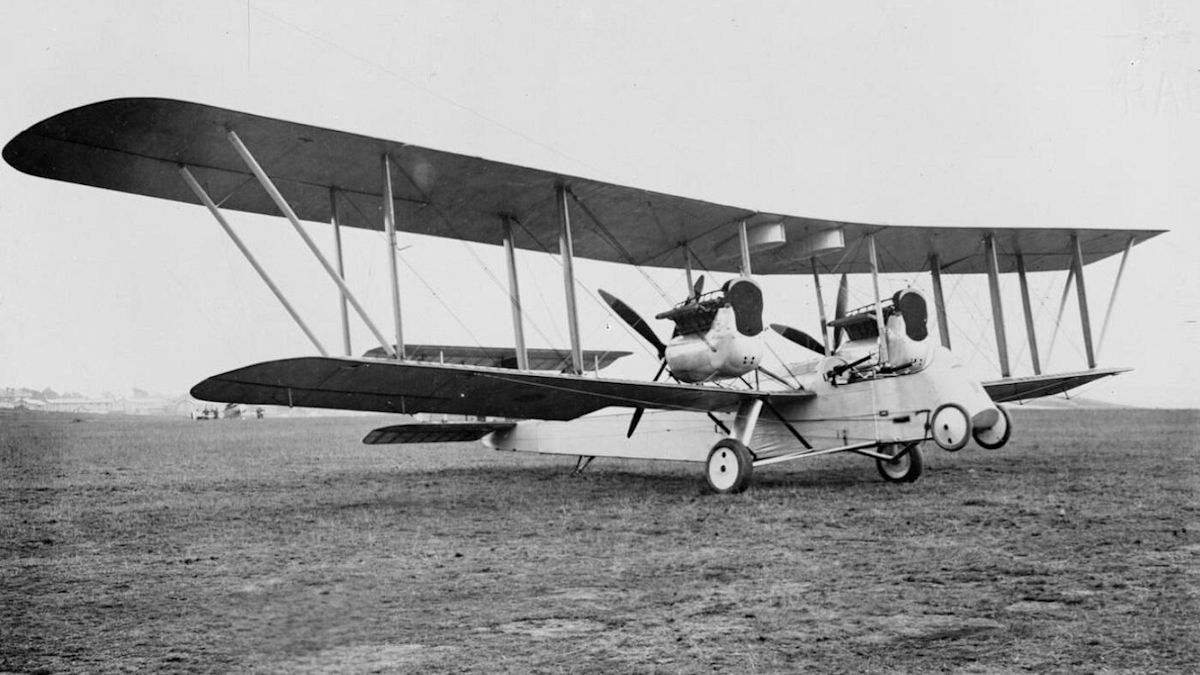Tag: Aircraft
-
Canadian Car and Foundry FDB

Canadian Car and Foundry FDB In 1938 at a time when monoplane fighters were replacing biplanes, Canadian Car and Foundry employed Michael Gregor to design a biplane fighter/dive-bomber (hence the FDB name). It is often also called the Gregor FDB. Initial claims were that it would reach 300mph with a 700 hp (520 kW) Pratt & Whitney R-1535-72… Read more

